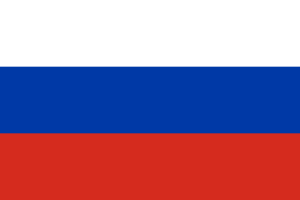Language/Russian/Grammar/Plurals
Learning the rules of Russian grammar can be a daunting task, but understanding plurals is an essential part of mastering the language. Plurals are used to indicate more than one of something, and they are formed differently in Russian than in English. In this lesson, we will explore the basics of Russian plurals and how to use them correctly.
Nouns
In Russian, nouns have two forms: singular and plural. The singular form is used when referring to one person or thing, while the plural form is used when referring to more than one. To form the plural of a noun, you must add a suffix to the end of the word. The suffixes vary depending on the gender and ending of the noun.
Masculine Nouns
Masculine nouns typically end in a consonant. To form the plural of a masculine noun, add the suffix -ы or -и to the end of the word. For example, the singular form of дом (house) is дом, and the plural form is домы.
Feminine Nouns
Feminine nouns typically end in -а or -я. To form the plural of a feminine noun, add the suffix -ы or -и to the end of the word. For example, the singular form of книга (book) is книга, and the plural form is книги.
Neuter Nouns
Neuter nouns typically end in -о or -е. To form the plural of a neuter noun, add the suffix -а or -я to the end of the word. For example, the singular form of платье (dress) is платье, and the plural form is платья.
Adjectives
Adjectives also have two forms: singular and plural. To form the plural of an adjective, you must add the suffix -ые or -ие to the end of the word. For example, the singular form of большой (big) is большой, and the plural form is большие.
Verbs
Verbs also have two forms: singular and plural. To form the plural of a verb, you must add the suffix -ут or -ют to the end of the word. For example, the singular form of говорить (to speak) is говорить, and the plural form is говорят.
Conclusion
Forming plurals in Russian can be tricky, but with practice and patience, you can master the rules. If you want to learn more about Russian grammar, check out the Polyglot Club community for tips and advice from experienced language learners.
If you have any questions, please ask them in the comments section below.
Feel free to edit this wiki page if you think it can be improved. 😎

